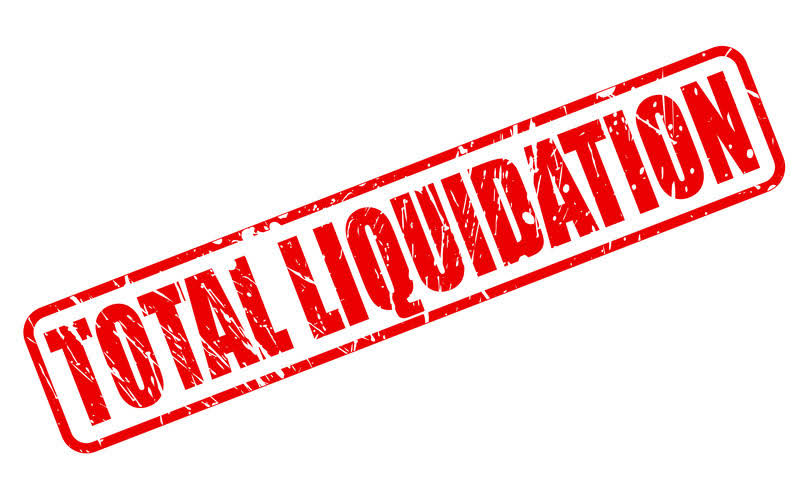
As indicated, net working capital simply represents the ratio between a business’s current assets and its current liabilities. When a company’s NWC is greater than one, this means the company has a positive NWC. On the other hand, when the ratio is less than one, nwc meaning this represents a “negative” NWC, something that is usually problematic. For instance, a high ratio of accounts receivable to total net working capital might indicate slow collection processes, which could disrupt cash flows and thereby impact operations.
Keeping track of how these numbers change will help business owners determine whether their business is moving in a positive or negative direction. By implementing strategies such as Just-in-time (JIT) inventory management, companies can decrease their inventory levels, freeing up capital that can be used elsewhere. The JIT approach aims to acquire inventory exactly when it is needed in the production process, thereby reducing inventory costs. Financial analysts commonly incorporate net working capital into valuation models to measure business performance. For instance, net working capital is an integral component of the Free Cash Flow to Firm (FCFF) and Free Cash Flow to Equity (FCFE) models, enabling a more thorough analysis of a company’s financial health.
Operating Profit Margin: Understanding Corporate Earnings Power
This could enhance customer relationships and create more sales opportunities. Proper management of these components impacts a company’s cash flow position. Efficient receivables management by prompting customers to pay sooner can accelerate cash inflows. Similarly, inventory optimization, where the aim is to balance holding too much stock (which ties up cash) and holding too little (which might lead to missed sales), can also free up cash. Current liabilities refer to those debts that the business must pay within one year.

Adding up these values will give you the total amount of current assets for the company. A good rule of thumb is that a net working capital ratio of 1.5 to 2.0 is considered optimal and shows your business is better able to pay off its current liabilities. Until the payment is fulfilled, the cash remains in the possession of the company, hence the increase in liquidity. But it is important to note that those unmet payment obligations must eventually be settled, or else issues could soon emerge. Since the company is holding off on issuing payments, the increase in payables and accrued expenses tends to be perceived positively. While A/R and inventory are frequently considered to be highly liquid assets to creditors, uncollectible A/R will NOT be converted into cash.
Accounts Payable Essentials: From Invoice Processing to Payment
Therefore, creditors, investors, and other stakeholders frequently use the net working capital figure as a warning sign for the company’s short-term financial health. Working capital can be negative if a company’s current assets are less than its current liabilities. Working capital is calculated as the difference between a company’s current assets and current liabilities. The Net Working Capital formula involves deducting current liabilities from current assets.
- For example, inventory is a liquid and current asset, but it can take a long time to sell inventory — it isn’t a reliable source of cash to pay off short-term debts.
- To calculate the change in net working capital (NWC), the current period NWC balance is subtracted from the prior period NWC balance.
- If it has substantial cash reserves, it may have enough cash to rapidly scale up the business.
- In contrast, negative net working capital signifies more current liabilities than current assets.
The Working Capital Turnover Ratio measures how effectively a firm uses its working capital to support sales. It is calculated by dividing the net sales by the average net working capital. A high working capital turnover ratio might suggest that the firm is operating with efficiency as it indicates that a company generates a lot of sales compared to its working capital. However, a very high working capital turnover ratio can also indicate that a business is operating with too little working capital which may lead to financial trouble. Accounts payable refers to the money the company owes to its suppliers or vendors. Other common liabilities that businesses often face include accrued wages for employee compensation, sales taxes, and interest payable on debts.




Neueste Kommentare